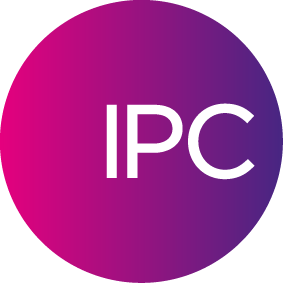Regulations preventing the sharing of Material Non-Public Information between certain trading groups within a firm are not new. Conflict of interest regulations have often resulted in business groups such as wealth management and equity research, for example, being placed on different floors of a firm’s building, in different buildings altogether, or even in different cities. But with today’s technology delivering enterprise-wide hoots, intercoms, and other forms of connectivity, confidential information can still be easily – even if not intentionally – obtained by individuals where an information barrier should be in place.
With regulations such as Dodd-Frank and MiFID II expanding, capital markets firms are facing new challenges in managing the technological landscapes complexity within their estate. Firms must set up policies dictating which members are allowed to access various types of information, implement access control to enforce these policies, and monitor access to information to ensure that policies are followed. In today’s highly-connected world, firms need to monitor not just access to material non-public information, but also communications between users to ensure no such information is being disclosed across the information barriers.
Therefore, firms must extend their information barriers to communications as well – whether electronic or voice – and across any modality the firm provides its members for use.
To do so effectively, firms need to start taking advantage of platforms and applications that can proactively implement and automatically monitor information barriers. Such advanced technology can help:
- Manage communications to counterparties – whether with chatrooms or dedicated private wires, you want to make sure members have access to relevant counterparties.
- Enable a compliance team – the solution should allow a firm’s compliance officers to work with members on either side of communication barriers.
- Generate alerts on all activity – not all requirements are black and white, and firms must be able to monitor activity even if they’re not placing a communication barrier between individuals or groups.
Investments in innovations that simplify the management of information barriers are a sound move for many firms. By proactively automating and extending the set-up and monitoring of information barriers firms can both free up IT and risk management resources and gain greater peace of mind when it comes to properly protecting material non-public information and avoiding potential compliance penalties.

